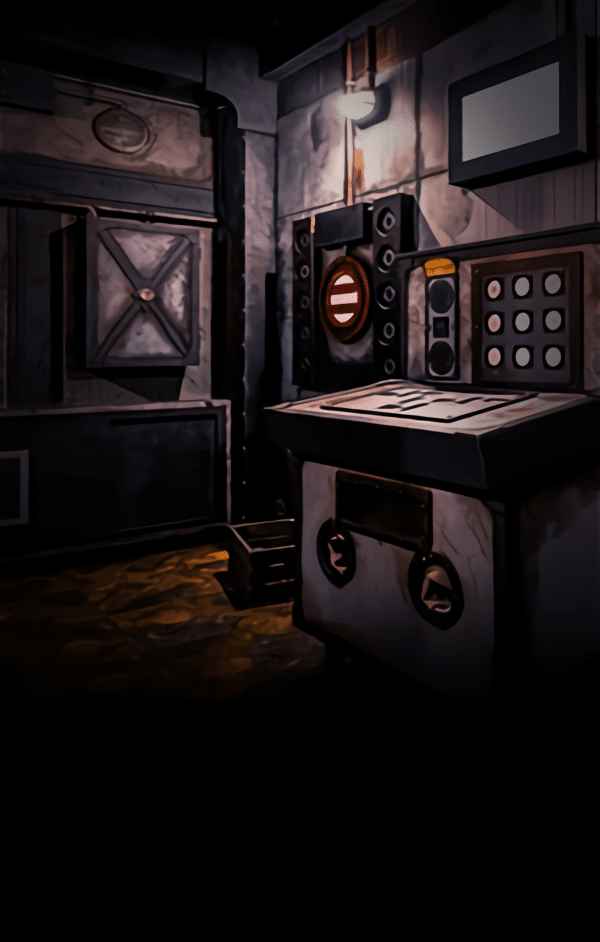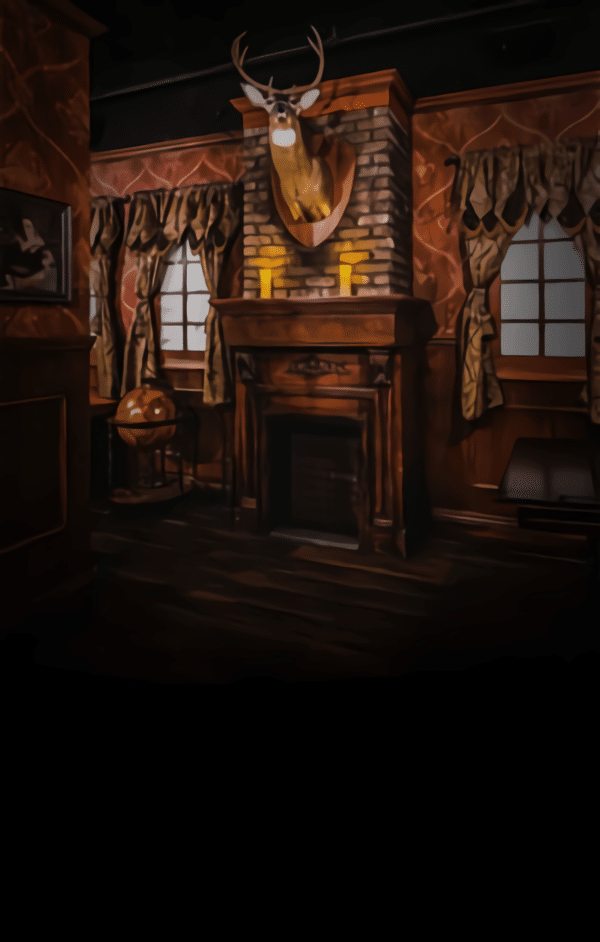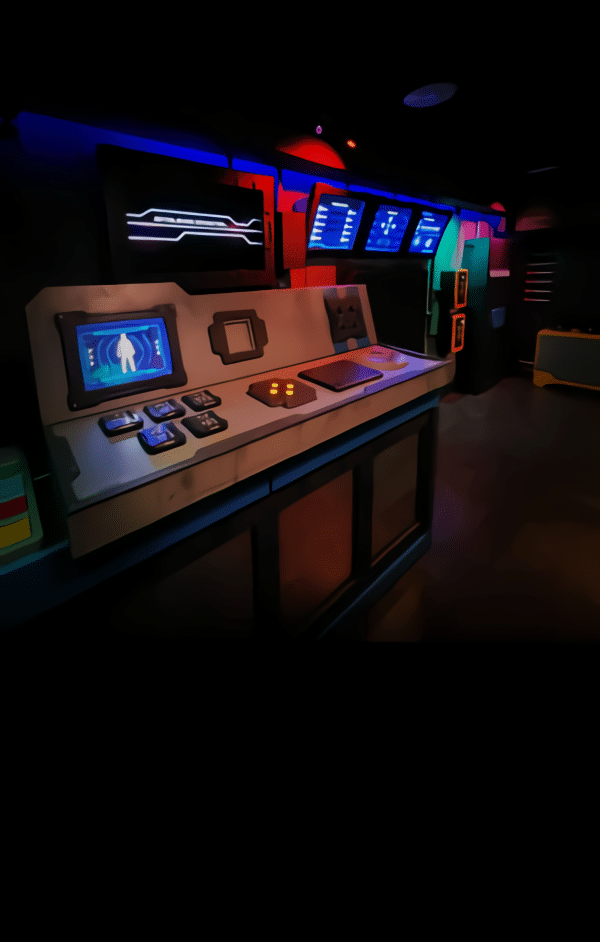How Do Escape Room NYC Experiences Differ from Other Types of Entertainment?
Introduction: The Thrill of Immersive Entertainment
In a city like New York, where there is no shortage of entertainment options, escape rooms have emerged as a unique and thrilling way to spend your time. While many people are familiar with traditional activities such as going to the movies, dining out, or visiting museums, escape rooms offer something different—an experience that is interactive, challenging, and incredibly engaging. But how do escape room experiences in NYC differ from other forms of entertainment?
Escape rooms combine elements of puzzle-solving, teamwork, and immersive storytelling. They provide an entirely new approach to entertainment, one that demands participation and collaboration. In this article, we’ll explore how escape room experiences in NYC, particularly those like Mission Escape Games, stand out from more conventional entertainment activities, highlighting their unique aspects and what makes them so appealing to a wide range of audiences.
See: Escape Room NYC
Immersive Storytelling vs. Passive Entertainment
One of the key differences between escape rooms and more traditional forms of entertainment, like going to a movie or attending a concert, is the level of immersion. Traditional entertainment tends to be passive—you’re either watching a screen, listening to music, or sitting in the audience without any direct involvement. Escape rooms, however, immerse you in the story, making you an active participant in the experience.
Active Participation
When you enter an escape room, you’re not just sitting back and enjoying the ride. You are fully involved in solving puzzles, interacting with your environment, and making decisions that impact the flow of the game. Whether you’re deciphering cryptic codes or unlocking hidden doors, your actions directly affect the outcome of the story.
Narrative Engagement
Escape rooms typically have a narrative structure that makes the experience feel like you’re stepping into a story. In many ways, it’s like becoming a character in a movie or a book. Whether you’re trying to stop a villain, escape from a time machine, or find hidden treasure, you’re placed in the middle of a compelling scenario. This level of engagement keeps you on the edge of your seat, unlike passive forms of entertainment where the plot is solely in the hands of the creator.
Social Interaction and Teamwork
Another major difference between escape rooms and other forms of entertainment is the emphasis on social interaction and teamwork. While going to a movie or enjoying a solo activity like bowling may not require much interaction with others, escape rooms are designed to be collaborative.
Collaboration and Problem Solving
Escape rooms in NYC are typically team-based, and solving the puzzles requires communication and cooperation. Whether you’re working with friends, family, or coworkers, everyone in the group must collaborate to solve the challenges. This is a stark contrast to other entertainment forms where social interaction may be minimal. Escape rooms foster an environment where teamwork is essential, helping to strengthen bonds and encourage collaboration.
Building Relationships
The challenges posed in an escape room often require participants to rely on each other’s strengths, such as creativity, logic, or observation skills. This can lead to stronger connections between individuals, as you work together to solve complex problems. Escape rooms can serve as a bonding activity, whether you’re going with friends or using the experience as a team-building exercise in a corporate setting.
Cognitive Engagement vs. Passive Viewing
Unlike traditional entertainment such as movies or television shows, which focus on passive viewing, escape rooms stimulate your cognitive abilities. Solving puzzles, finding hidden clues, and engaging in critical thinking are all integral parts of the experience.
Mental Challenges
Escape rooms offer a much more mentally engaging experience than simply watching a film or attending a concert. Each room is designed with a series of interconnected puzzles, requiring participants to use logic, reasoning, and sometimes creative thinking to solve them. This level of cognitive engagement adds an element of challenge that is absent from more passive activities.
Sense of Accomplishment
There’s a strong sense of accomplishment when you and your team finally solve a particularly difficult puzzle or manage to escape within the allotted time. This type of satisfaction is hard to replicate in other forms of entertainment, where the outcome is often predetermined and not influenced by the viewer’s actions.
Physical Involvement vs. Sedentary Entertainment
Escape rooms also differ from other entertainment options in the way they encourage physical involvement. While sitting through a movie or watching a show may involve limited movement, escape rooms require you to be physically active, although not in a strenuous way.
Exploration and Movement
In many escape rooms, participants must search the environment for clues or interact with objects within the room. This physical element adds another layer of excitement and involvement. You might need to crawl under tables, search behind mirrors, or move items around to find hidden secrets. This level of physical interaction is unique compared to the passive nature of traditional entertainment.
Hands-On Experience
Unlike going to a theater where you are passive and stationary, escape rooms engage you with hands-on challenges. The more you interact with the room, the more likely you are to uncover hidden elements that contribute to solving the mystery. This sense of discovery through physical interaction makes the experience much more dynamic than merely watching a story unfold on screen.
Time Sensitivity and Pressure
Another difference between escape rooms and other forms of entertainment is the element of time pressure. Many traditional activities are open-ended in terms of time, allowing participants to enjoy them at their own pace. In contrast, escape rooms often come with strict time limits, creating a sense of urgency and excitement.
Time Limits
Escape rooms generally give you a set amount of time (usually 60 minutes) to complete the challenges and “escape” the room. This time-sensitive element adds an adrenaline rush that isn’t typically found in other types of entertainment. The countdown clock increases the sense of tension, which makes the experience feel like a race against time.
Thrill of the Challenge
This pressure to escape within a certain time frame introduces an element of high-stakes excitement. It keeps players on their toes and ensures that the experience is filled with urgency and adrenaline. This is different from more leisurely forms of entertainment, where the pace is much slower and often less thrilling.
Variety of Themes and Experiences
Escape rooms in NYC offer a wide variety of themes and experiences, making them more versatile than other types of entertainment. Whether you’re interested in solving a murder mystery, escaping a haunted mansion, or uncovering a lost treasure, there’s an escape room to suit every interest.
Multiple Themes
Escape room venues like Mission Escape Games are known for offering a range of themed rooms that can transport you to different worlds. From futuristic settings to historical scenarios, escape rooms provide a variety of experiences, making each visit a unique adventure. This level of variety makes them a more customizable experience compared to traditional entertainment options.
Tailored Experiences
Many escape rooms also cater to different group sizes and difficulty levels, offering something for everyone, from beginners to experienced escape artists. Whether you’re organizing a team-building event, a family outing, or just a night out with friends, escape rooms provide a personalized and flexible entertainment experience.
Conclusion
Escape rooms in NYC, such as those offered at Mission Escape Games, offer an entirely different entertainment experience compared to more traditional activities. With their immersive storytelling, team-based challenges, and cognitive engagement, escape rooms combine aspects of gaming, social interaction, and physical activity in a way that few other entertainment options can match. Whether you’re looking for a mental challenge, a social bonding experience, or an adrenaline-pumping activity, escape rooms offer an interactive and dynamic experience that will leave you wanting more.
Frequently Asked Questions
Q: Are escape rooms suitable for all age groups?
A: Yes, escape rooms are designed to be enjoyable for a wide range of age groups. Many venues offer different difficulty levels and themes, ensuring that everyone—from children to adults—can enjoy the experience.
Q: How long do escape room games typically last?
A: Most escape room games last around 60 minutes. However, some venues may offer shorter or longer experiences depending on the difficulty and theme of the room.
Q: Do I need any special skills to participate in an escape room?
A: No special skills are required to participate. Escape rooms are designed to be accessible to everyone, and the puzzles are meant to be solved through teamwork, logic, and creativity.
Q: Can I participate in an escape room alone?
A: While many escape rooms are designed for groups, some venues may offer options for solo players. However, participating with a group is generally recommended for a more enjoyable and collaborative experience.
Q: Are escape rooms suitable for corporate team-building events?
A: Yes! Escape rooms are an excellent choice for corporate team-building events. They encourage teamwork, problem-solving, and communication, making them a valuable tool for strengthening workplace relationships.









